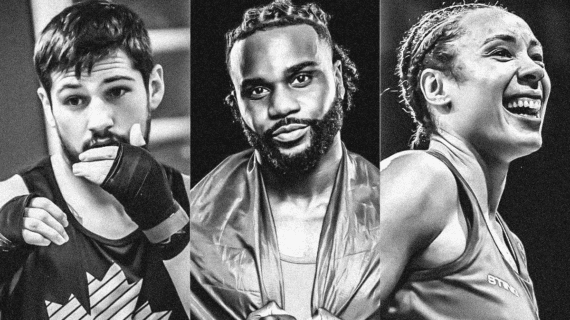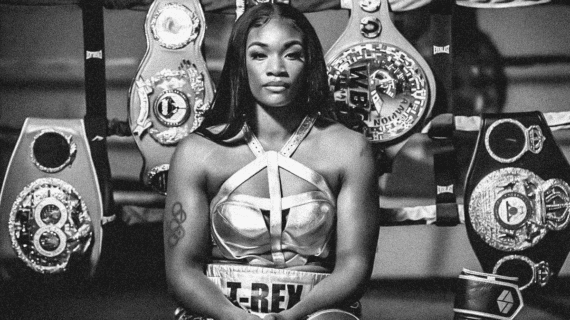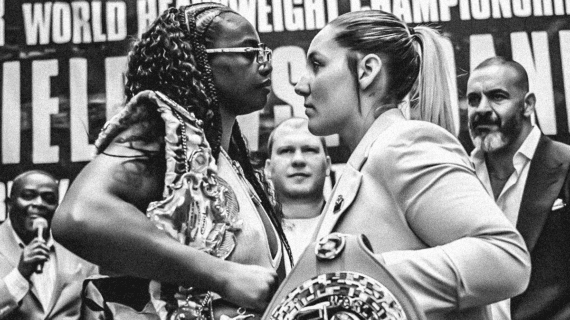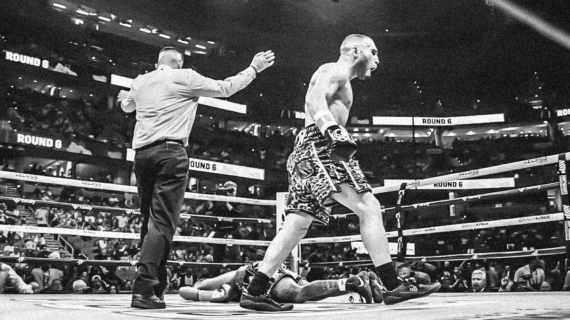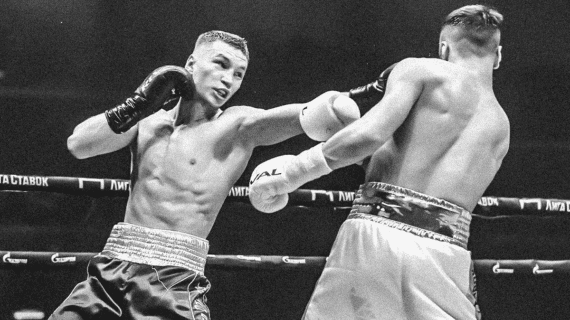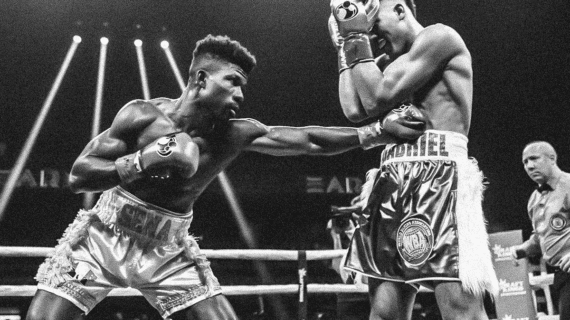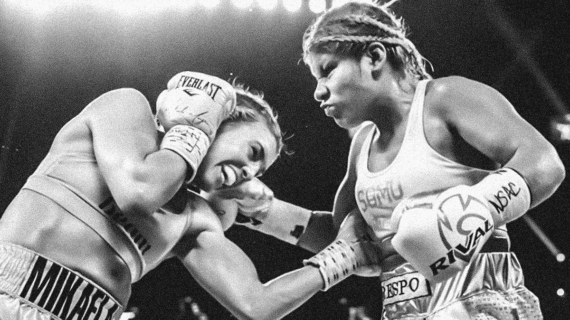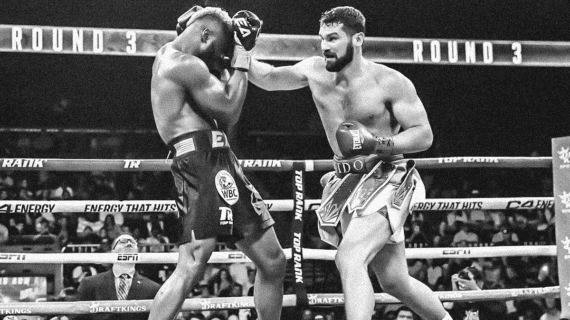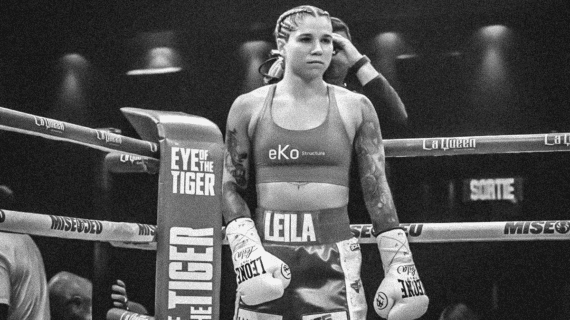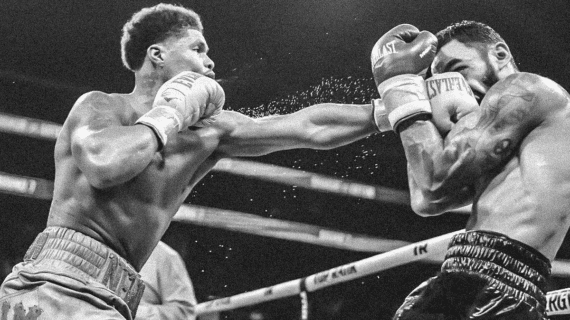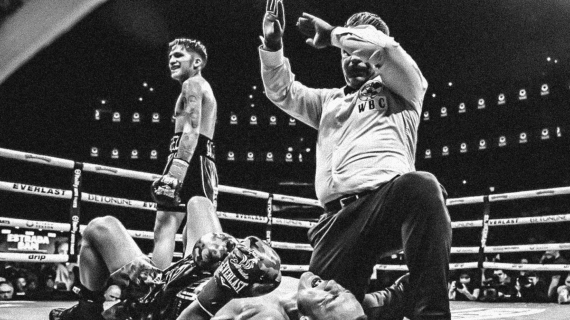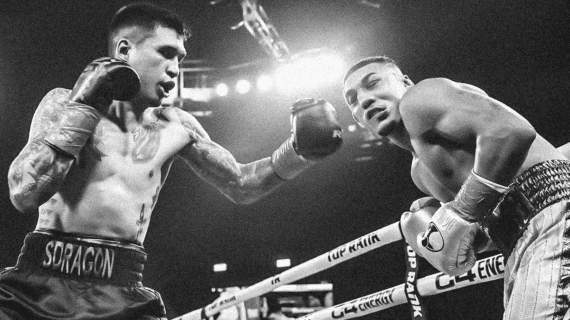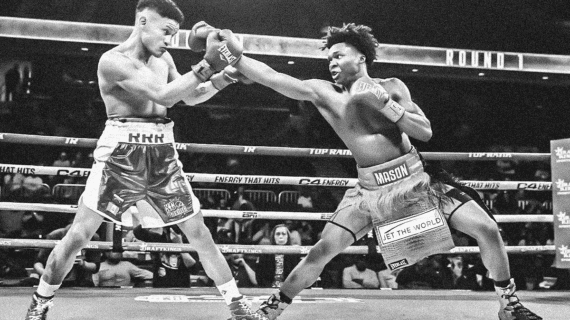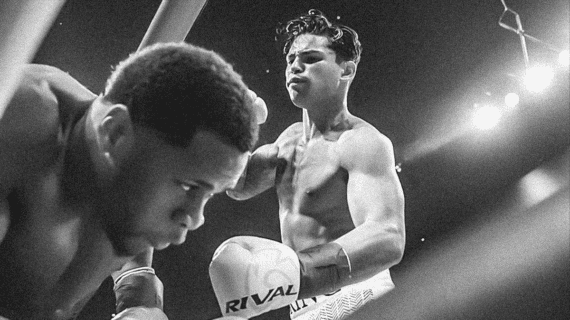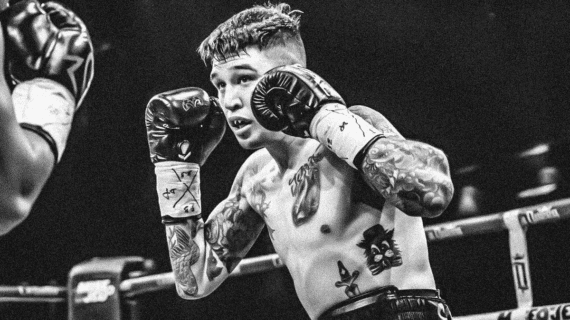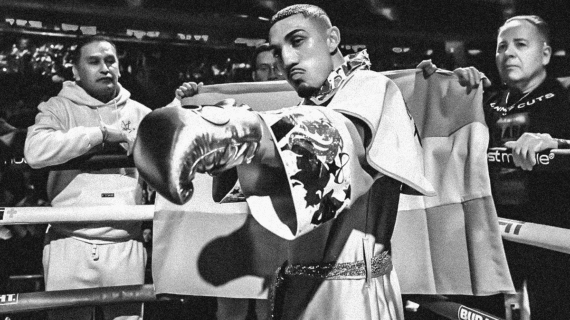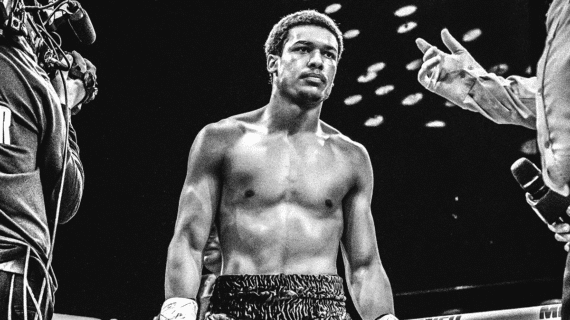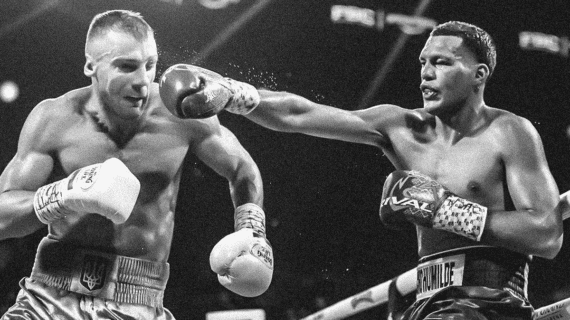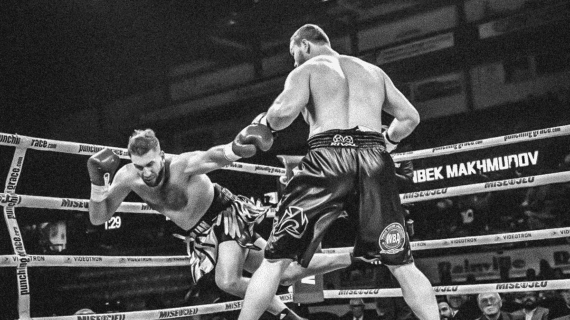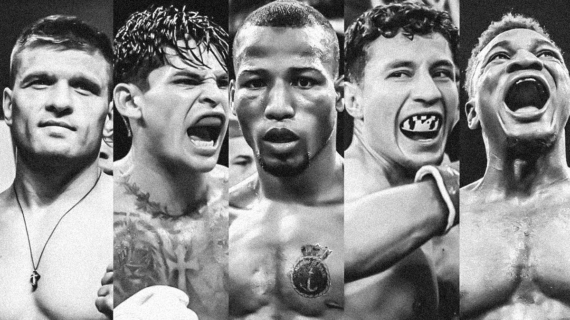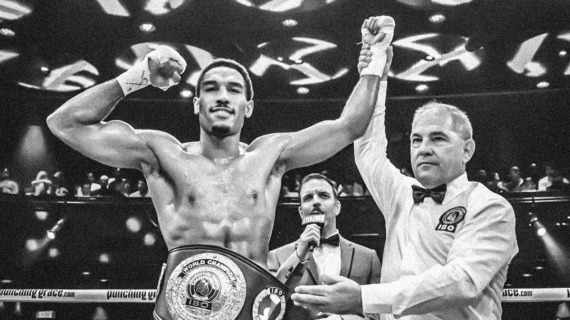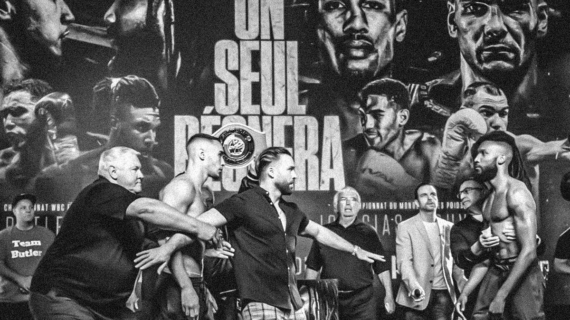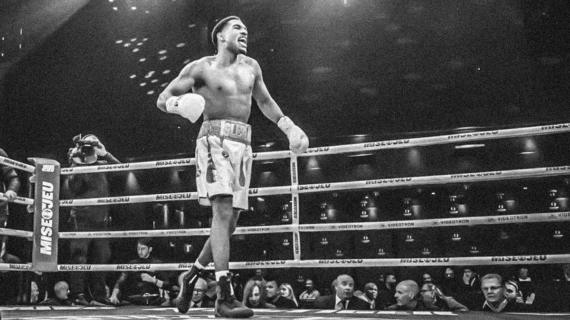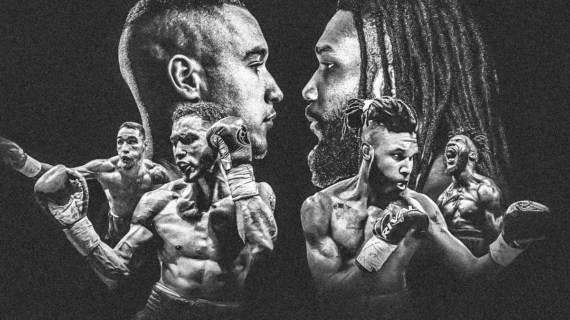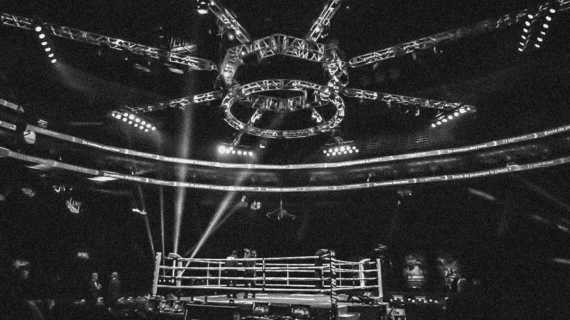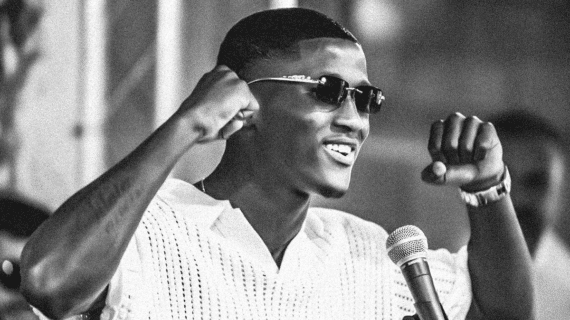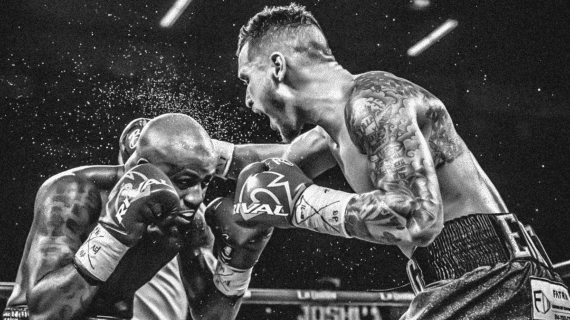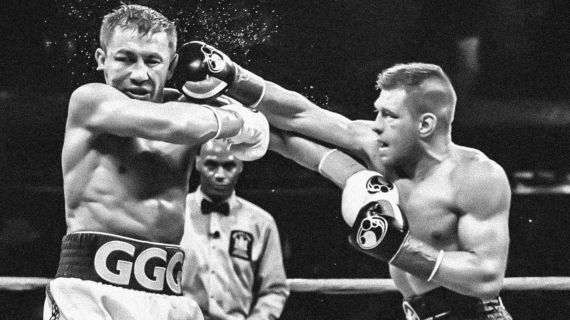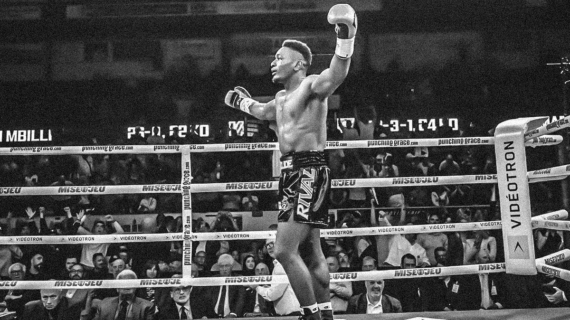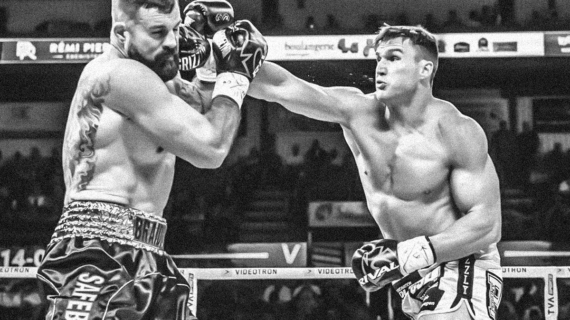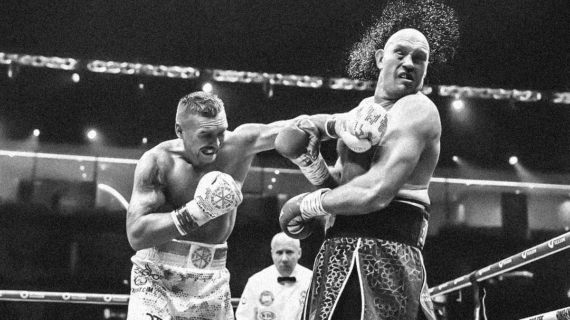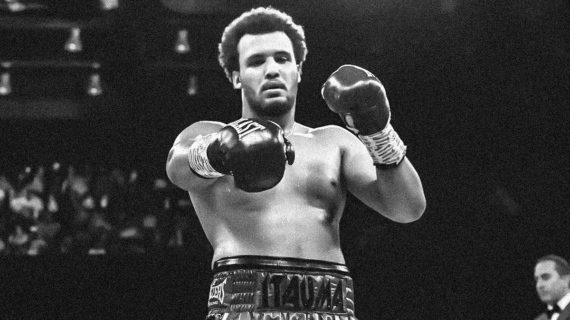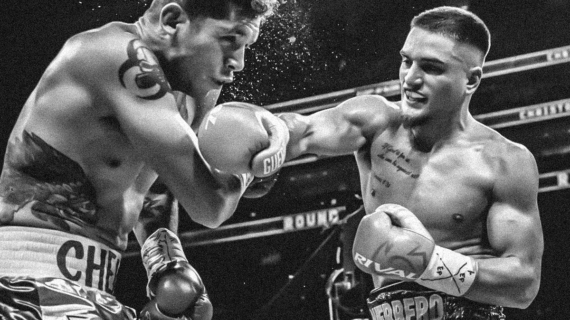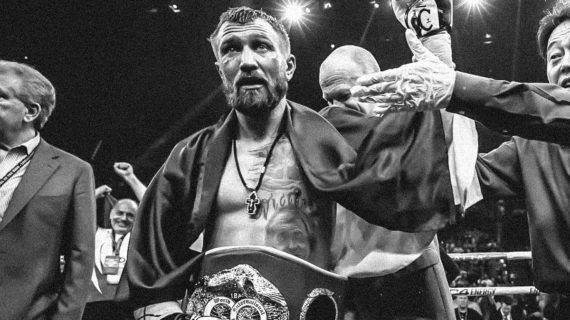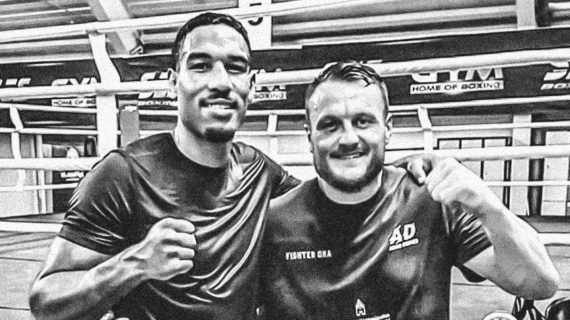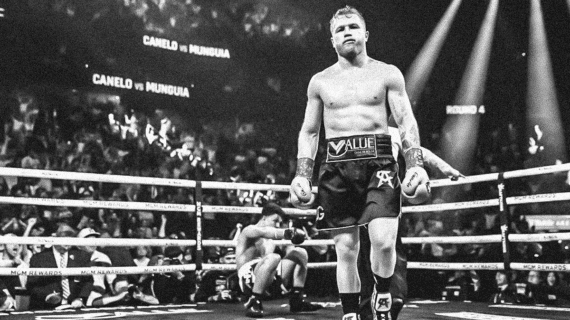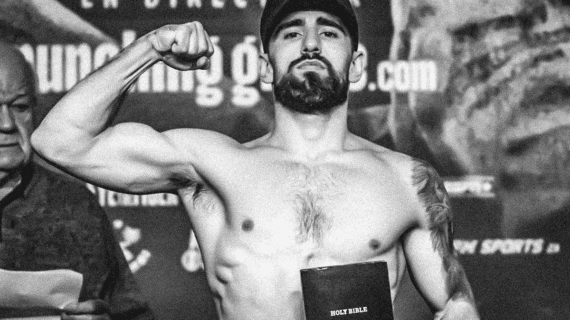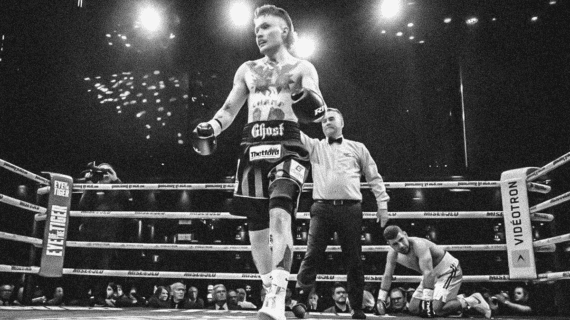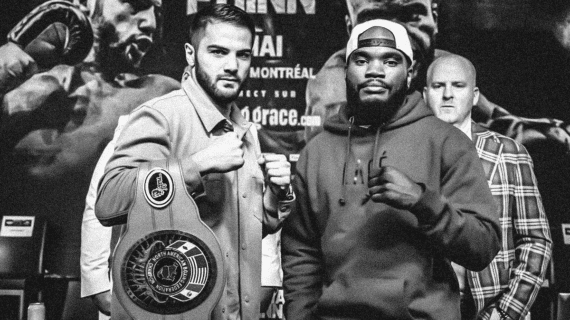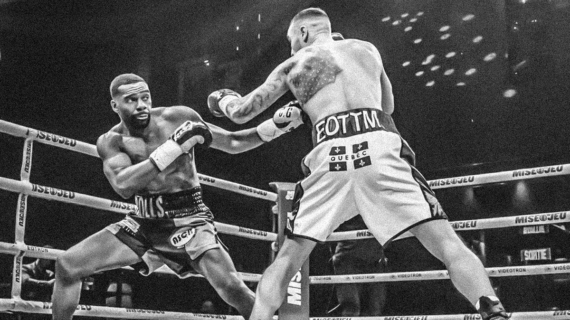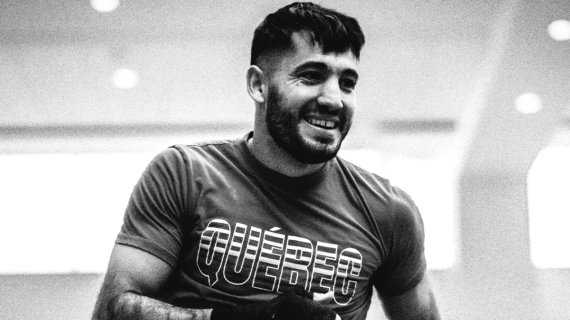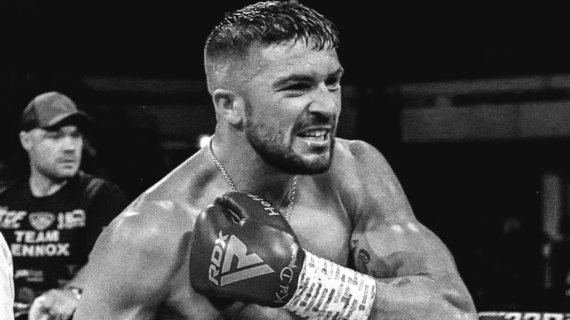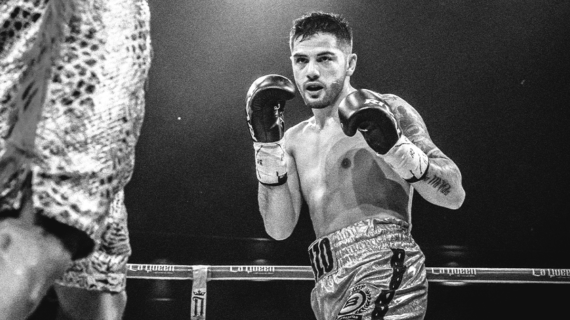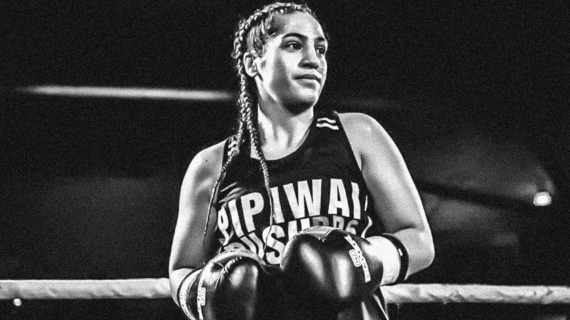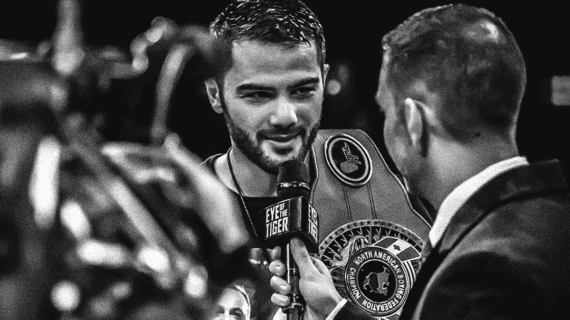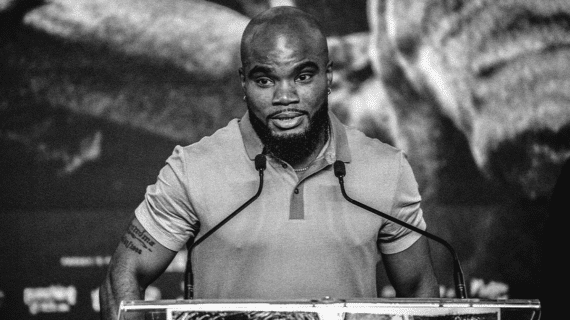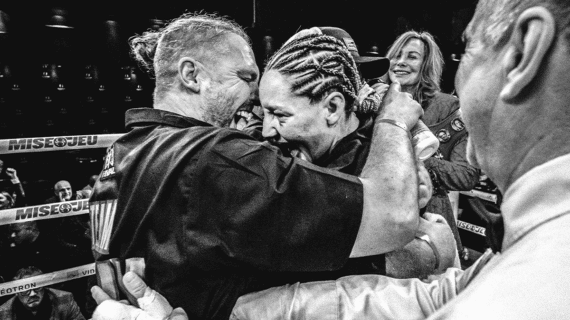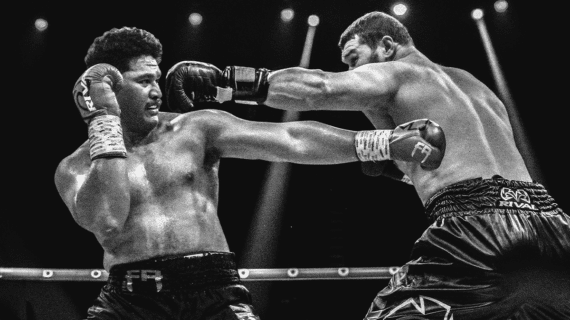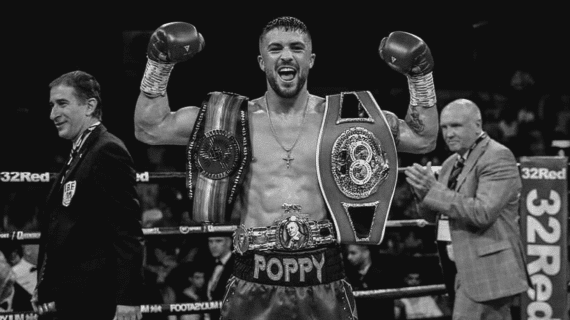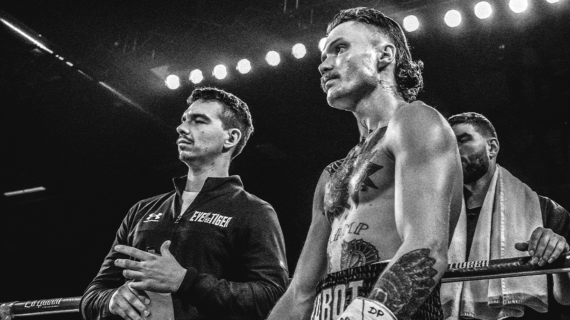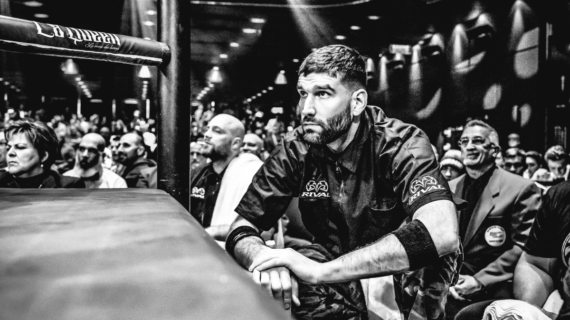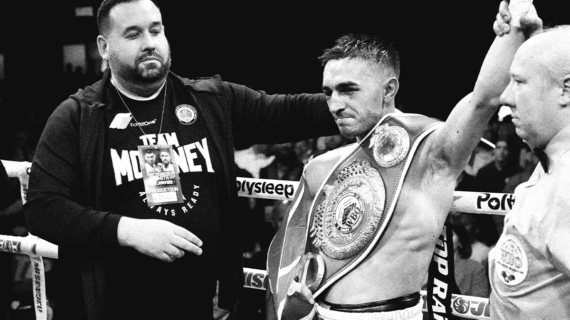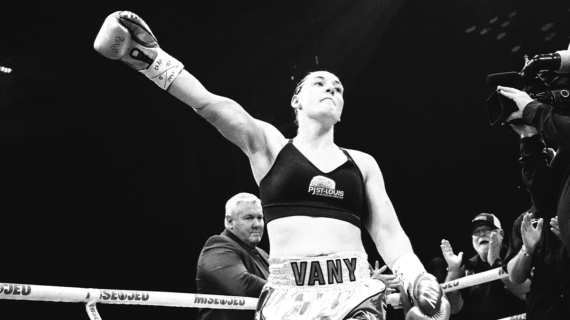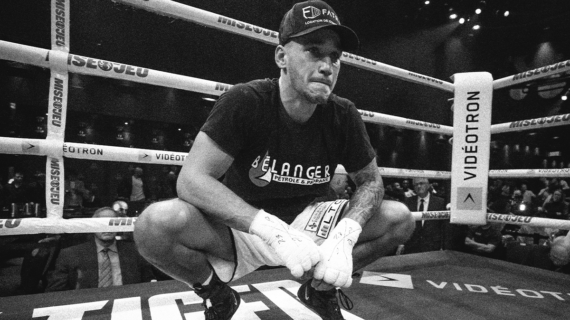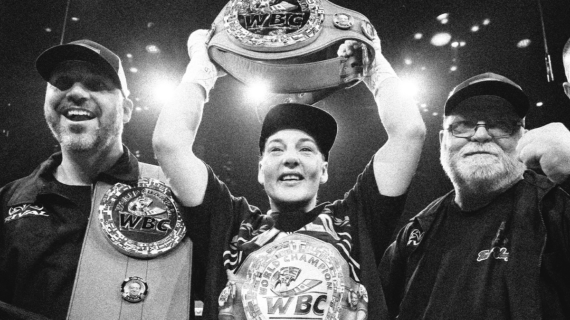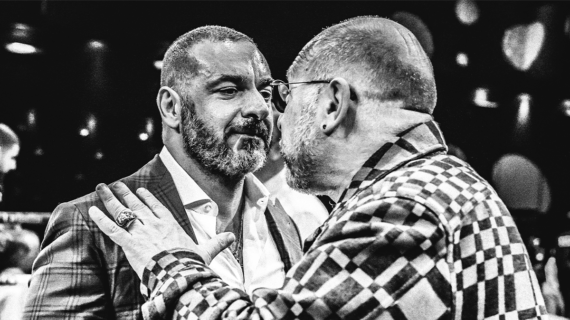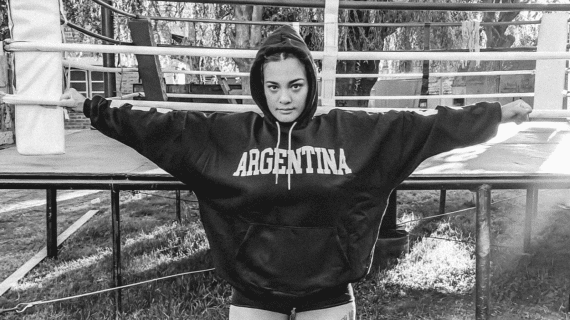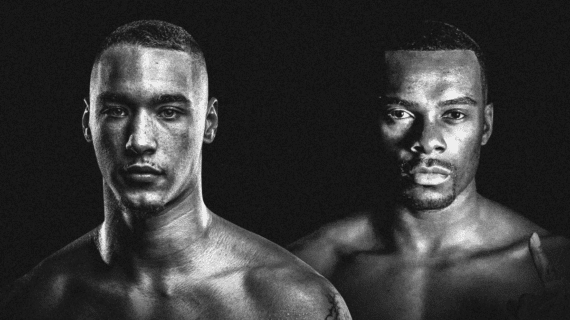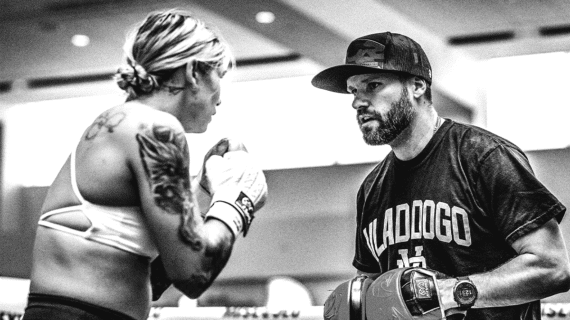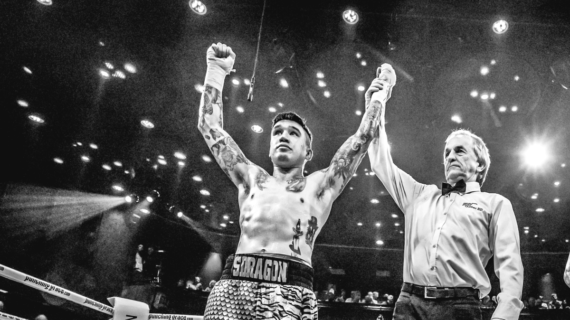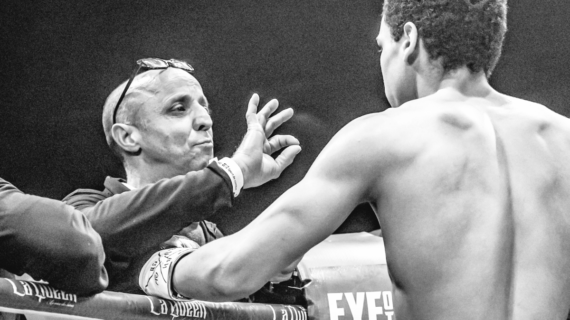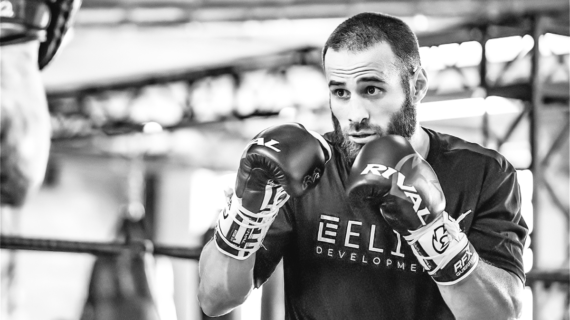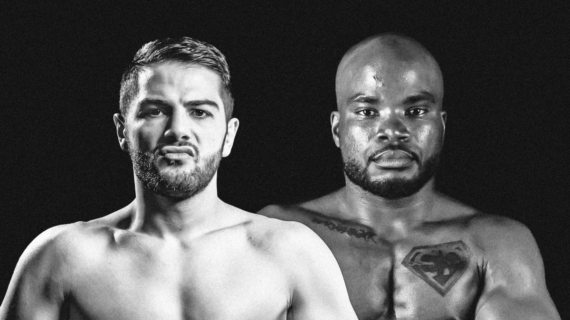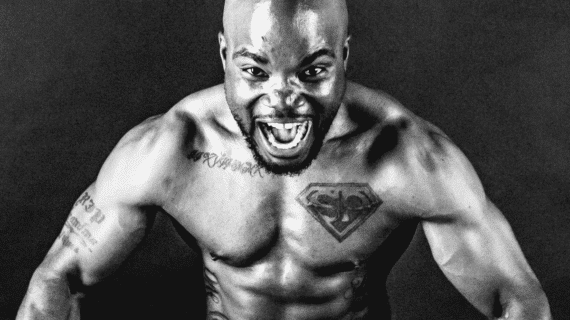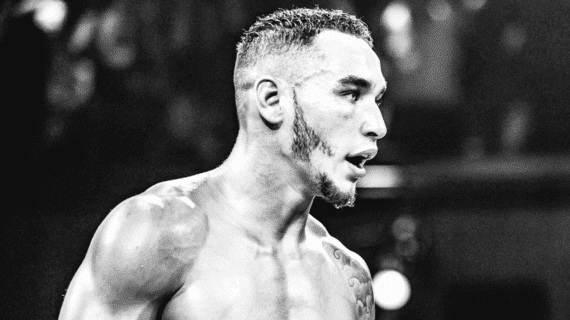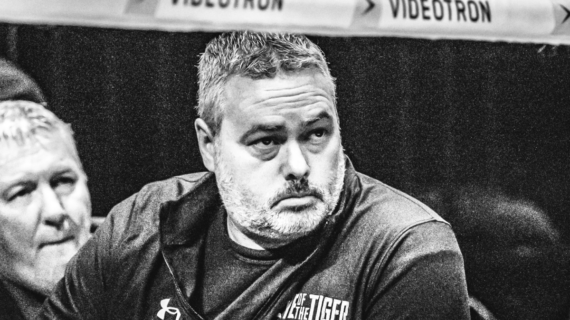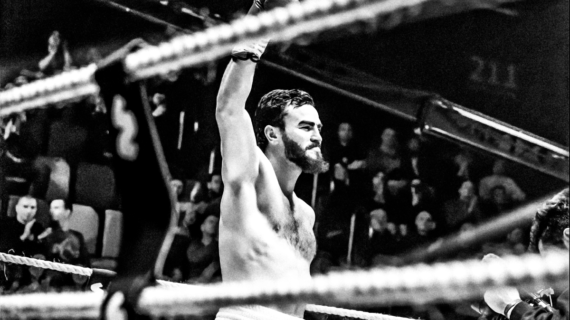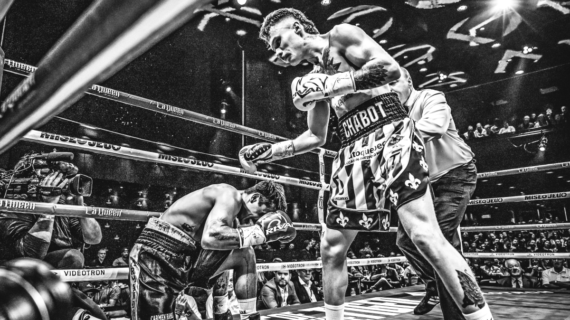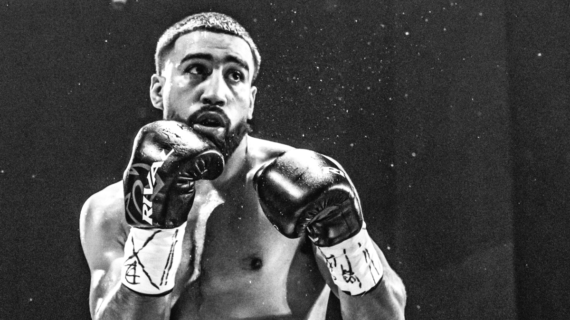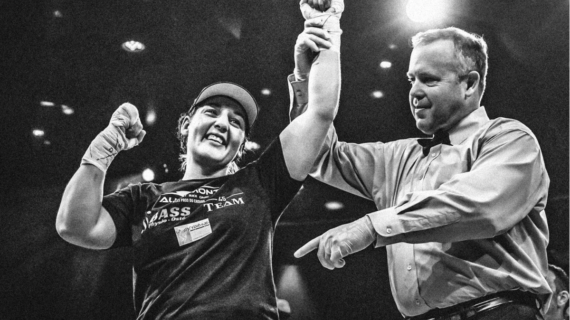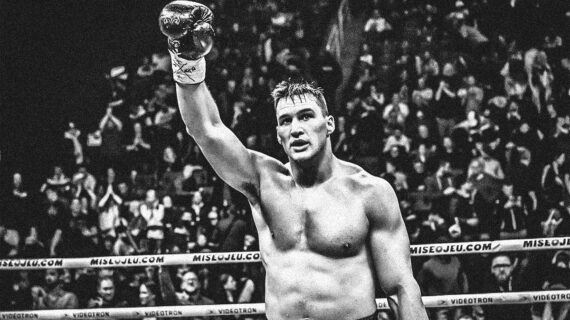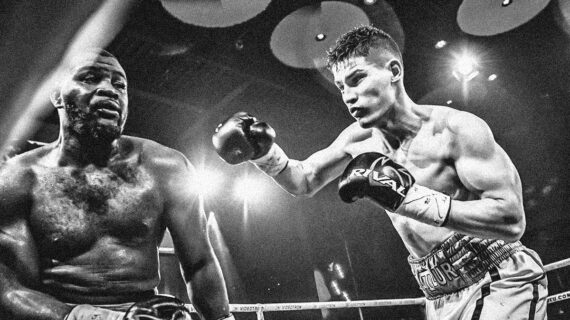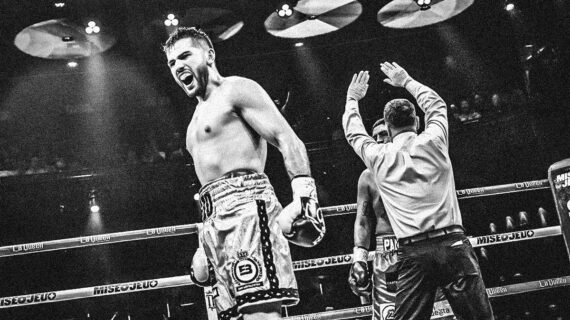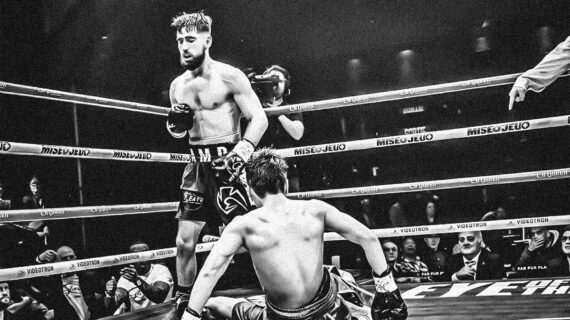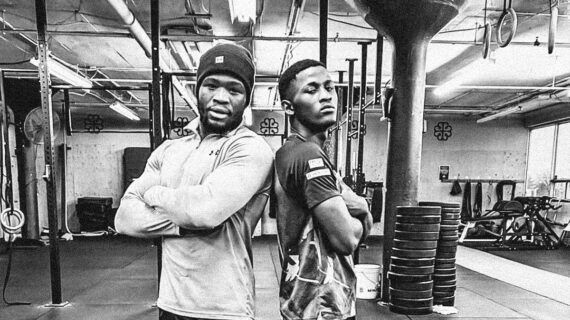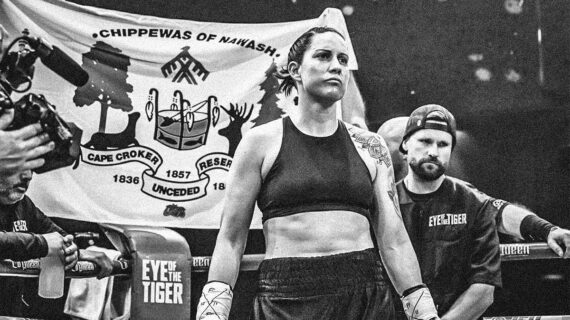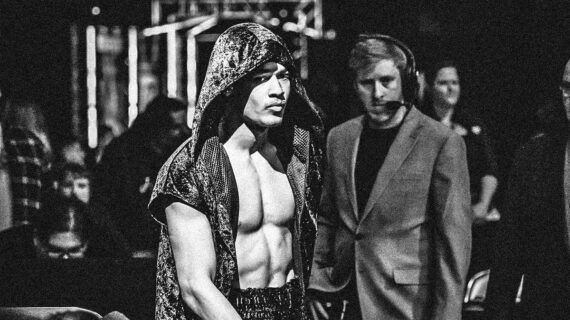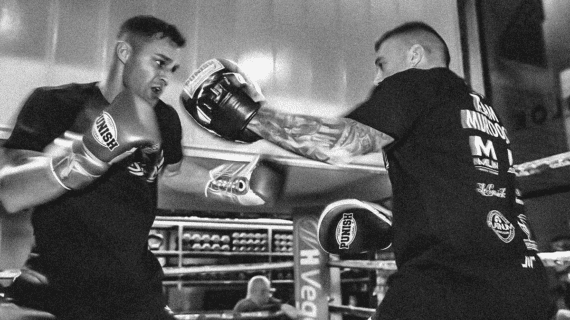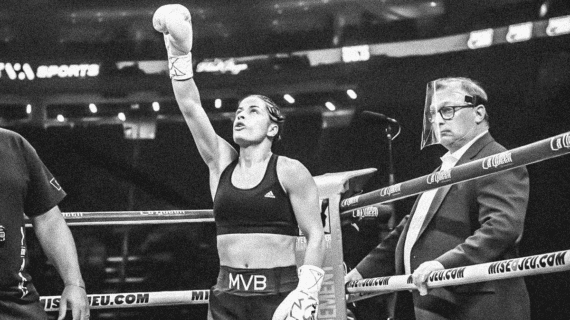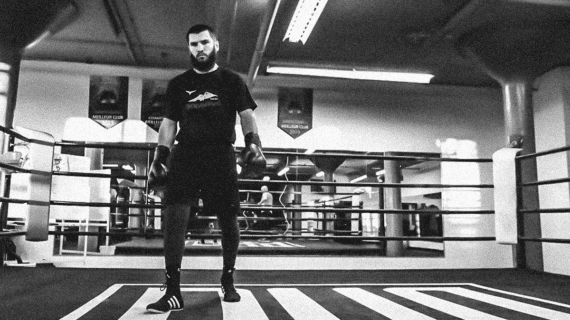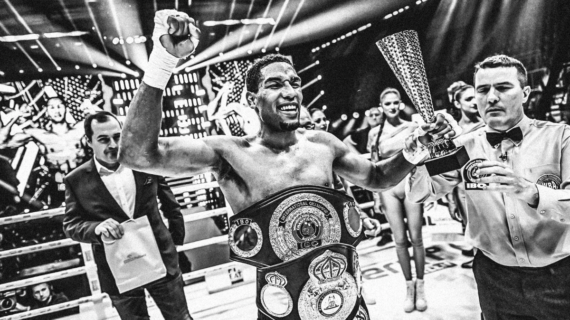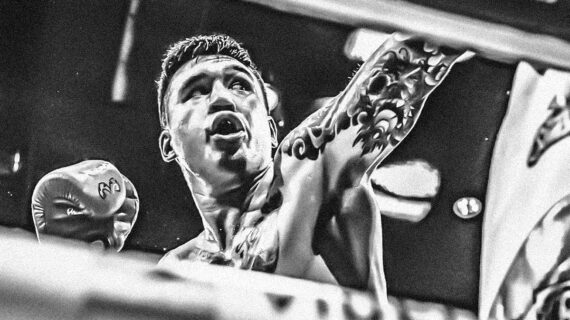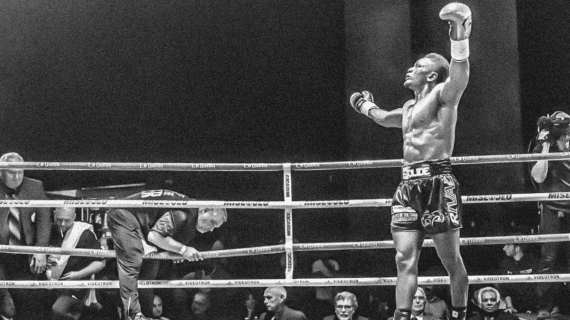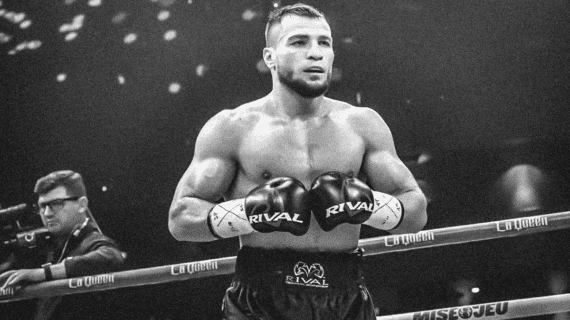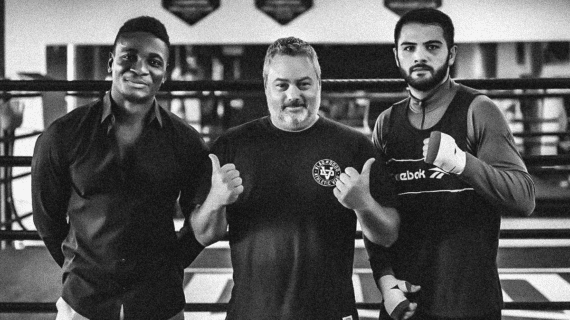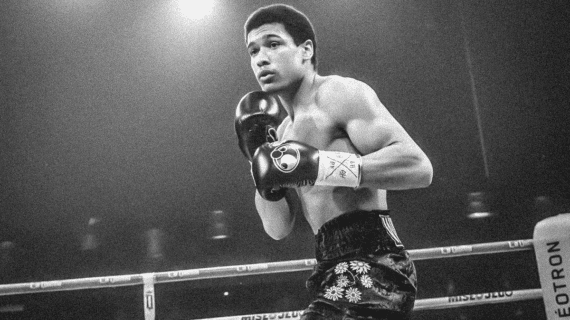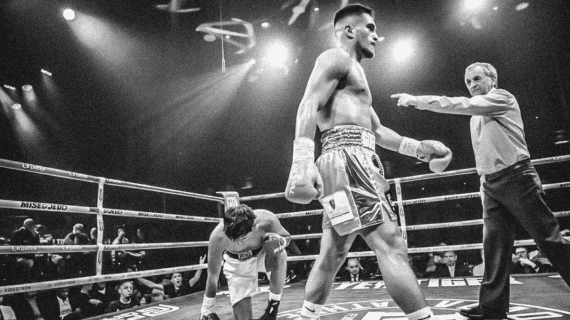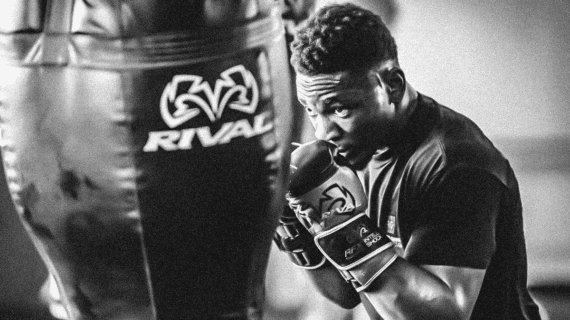Photo: Vincent Ethier – Mbilli vs. Gongora, a matchmaking home run.
“The only rule in matchmaking, never organize a fight you wouldn’t want to watch yourself” – Bruce Trampler.
If we exclude the boxers in the ring who give and take punches, the toughest job in boxing is undoubtedly that of a matchmaker. When everything is going well, we rarely hear about them, but when things start to go downhill and opponents drop like flies, criticism is directed towards them.
But what is it really? What role does the matchmaker play in building a career or a gala? I’ve delved into this matter.
The father of all matchmakers
Bruce Trampler has given nobility to the profession of matchmaker. A graduate of Ohio University, he joined Top Rank in 1979. Year after year, he ranks among the 25 most influential people in boxing. Trampler divides his boxers’ careers into three stages.
The prospect
For him, opponents with different styles are found, and the aim is to make them go rounds. Trampler emphasizes that a first-round knockout serves no purpose, neither for the audience nor the boxer. Next, left-handed, right-handed, small, tall, aggressive, and counter-punchers should be brought in.
Career building
This is the most important stage. The matchmaker knows his boxers’ strengths and weaknesses like the back of his hand and exploits them to their advantage. If the boxer is a heavy hitter, opponents with good records who are likely to fall are sought to generate excitement. A technical boxer will be matched against aggressive and somewhat sloppy boxers so that he can exploit his strengths. The advent of the internet has changed the game; before, promoters made sure that certain fights were not filmed to not discourage certain opponents.
Superstar status
When the boxer brings in millions for his promoter, it must continue. We often hear the expression “The opponent was tailor-made for this boxer.” Two examples come to mind, David Lemieux against Glen Tapia or Adonis Stevenson against Thomas Williams. The reputation of the power puncher is maintained, and the risk was minimal.
Constraints of the matchmaker
If the boxer is a good ticket seller, an opponent will be sought to protect him for the next gala. If the boxer is a novice in the professional ranks, a “ham” opponent will be found to see how he reacts with 8-ounce gloves. Sometimes, the budget the matchmaker has to work with is very low because the promoter wants to make money. If the boxer already has a contract for a more important fight. If the boxer is not in optimal physical condition but it is decided to let him fight anyway. If the boxer retires. If the boxer comes back from a long absence. The boxer must arrive with recent medical tests translated into one of the two official languages.
It is also the matchmaker’s task to ensure that the opponent’s passport and visa are in order.
In addition to the government…
Recently, Justin Trudeau caused a nightmare for the Morins and Loyers of this world by preventing the free movement of Mexicans to Canada. Many exceptions will be made, but none for professional boxing. Already sometimes grappling with small amounts of money to organize fights, our matchmakers will have to fish further, in South America and Europe where plane tickets are much more expensive, to find opponents. No visa, no Mexican opponents.
Funny fact: A Poland-Montreal ticket is often less expensive than a Calgary-Montreal ticket.
And the regulation
Then, it is also necessary to respect the regulatory criteria, not too many consecutive defeats and KOs suffered. Also, some coaches are rather cautious and refuse all opponents proposed to them. And don’t forget that in all of this, the show must go on.
The matchmaker makes multiple calls, watches fights, and searches BoxRec. Then, he makes calls and sends emails. Subsequently, he will propose a shortlist of potential opponents to the promoters, who have the final decision.
In Quebec, there are 2 active and well-known matchmakers.
EOTTM
Stéphane Loyer is the most famous of them. He is director of operations at Cogeco and works tirelessly throughout the year to find opponents. Loyer has 131 galas to his credit.
“Camille Estephan is the promoter who thrives the most on challenges for his boxers. Like all promoters, he shows confidence in his boxers and wants their opponents to be of the best possible quality.”
GYM
“In professional boxing, it’s a whole different ball game. Nowadays, boxing enthusiasts have access to specialized sites like BoxRec. They can see the records of boxers and criticize the work of matchmakers. It would be so easy if we could just choose the ideal opponent on BoxRec… but we have to deal with several constraints and guidelines that are not always known to the general public. We must first find an opponent who will help the boxer progress. This means an opponent who should provide enough challenge to give rounds of progress and a good show, without being too strong for the local fighter (at a higher level, the risk can be increased to evaluate the boxer’s worth or propel him towards championship fights). This opponent must also be accepted by the local fighter’s camp (the trainer and manager).”
Except in specific cases like Lomachenko or Beterbiev, I would say that the first 10-15 fights serve as a boxer’s education. Left-handers, tall, short, punchers, gingers, and bastards will all be brought in. The idea is to show him everything before important fights. That’s a bit the challenge of a matchmaker: offering the right boxer for development, at the right price for the promoter, and ensuring entertainment for the audience. The matchmaker is caught between a rock and a hard place, wanting to please everyone.
Analysis of two recent fights
I love it when matchmakers come up with fights that allow me to play with the famous rule of 3. Add a little local flavor, 2 fighters who must win at all costs, and I’ll ask for more.
Steven Butler vs. Steve Rolls
Here, it’s a perfect matchmaking in every sense of the term. Two fighters at a crossroads, 11 years between them, the Ontarian against the Quebecer. Régis Lévesque applauds and watches this duel from above.
What is a fight at the crossroads?
The idea behind this proverb is as follows: the winner can dream of world rankings and making money. The loser must instead accept becoming a side B of the equation, fighting early in the evenings and earning less money.
Osleys Iglesias vs. Marcelo Coceres
Excellent work by my friend Stéphane Loyer, the 33-year-old Argentine faced Billy Joe Saunders and then went the distance with Edgar Berlanga, Erik Bazynian, and Meiirim Nursultanov. I love this comparison matchmaking that quickly allows you to see if the investment in our new boxer was worth it.
In summary, the local boxer must win, all at a reasonable price, and ensuring his progress.
The most complicated job in Quebec is undoubtedly that of Kent Hughes or François Legault; the matchmaker’s job comes in third, I’m sure.
